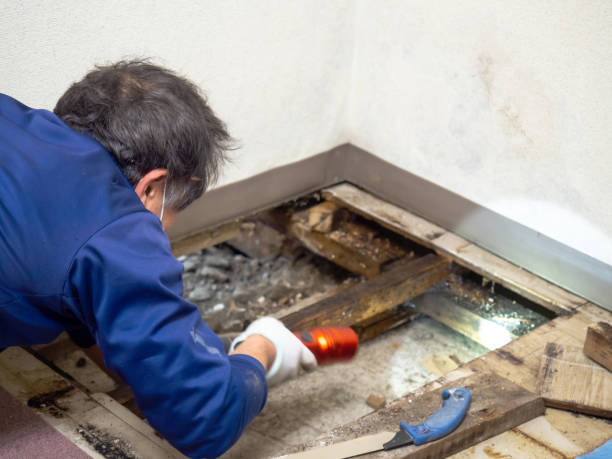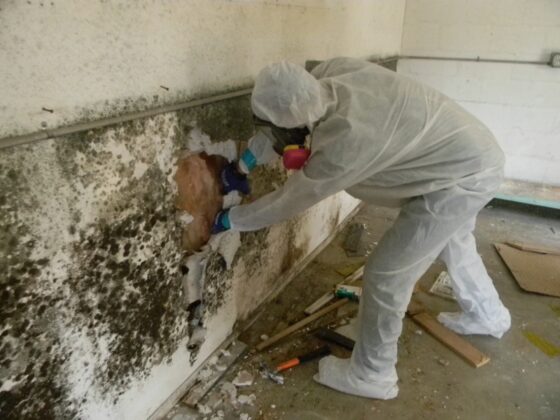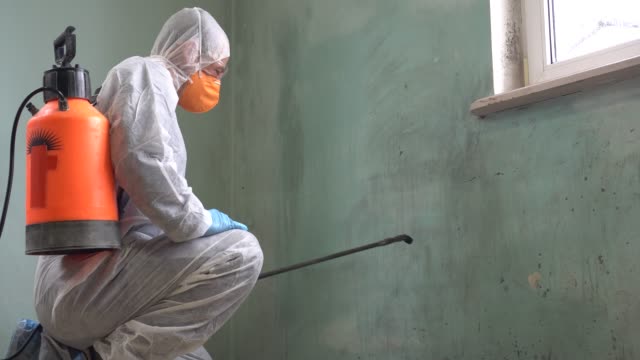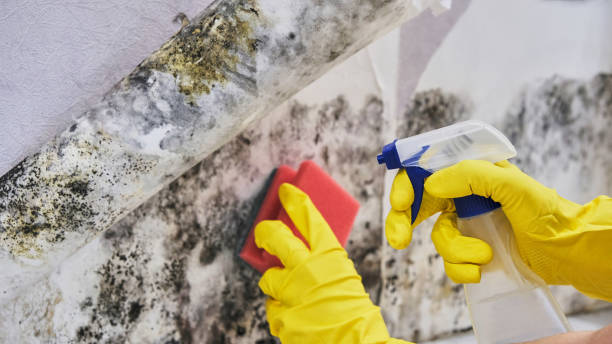Your family’s health and safety are on your mind if your house has a mold, asbestos, lead, or radon problem. You are aware that the issue requires immediate attention. Now, you might be wondering what the best course of action is.
Consulting an expert is a wise move. Learning the differences between remediation and abatement, two often used phrases essential to comprehending the removal of deadly substances, is one of the first stages. You will have to consider which one is ideal for your house.

We’ve also contacted our mold expert, ERC, mold certified company in South Florida, to help us with this article.
What is mold abatement?

In many different contexts, the word “abatement” itself is applied. According to the dictionary, abatement Is “the act of abating or the state of being abated; mitigation; reduction; alleviation; decrease.” Services for stopping and removing mold from a person’s home or business place are referred to as mold abatement.
The goal of mold abatement is to eradicate the issue from your residence or business. While some businesses use the term interchangeably, others solely employ mold abatement to remove mold.
While some may find this perfect, mold abatement might not be the ultimate solution. To begin with, the issue that led to mold development may continue existing in the house or company even after the mold has been eradicated.
What is a mold remediation?

This process entails dealing with the root cause and taking precautions to prevent it from happening again. (Remember that there is a preliminary abatement phase as part of remediation.)
The experts you select will prepare an overview outlining the precise nature of the issue, the source of contamination, and their proposed course of action. Mold remediation can include testing and identifying the issue, then employing various techniques to block the source.
Difference between abatement and remediation
Basics
The two most popular and significant methods for managing domestic waste are abatement and remediation. They remove and degrade dangerous materials like lead, mold, and asbestos in residential and commercial properties. Abatement refers to a hazardous waste disposal strategy that entails properly and safely disposing waste so that people within or nearby are no longer at risk.

Method
Abatement is the process of safely and successfully eliminating a wide range of toxins in both commercial and residential properties to prevent the adverse effects of hazardous chemicals on human health.
Encapsulation is a popular and straightforward abatement technique isolates the afflicted area by walling it off and establishing a barrier between the pollutants and the environment.
Remediation is an abatement technique that entails choosing the optimal method for managing and treating toxins. Implementing a cleaning of the toxins, replacing the garbage, or building a secure landfill on the impacted site can all serve as remediation methods.
Purpose
Abatement concentrates on recycling or trash reduction since doing so helps to cut waste and ensures that the environment and public health are not significantly impacted by manufacturing the items with less toxic materials or through alternative designs. Abatement entails clearing wastes from the area, closing off the property, and fully sanitizing it to prevent additional contamination.
Through careful planning, defining impacted regions, creating a context of work analysis, outlining containment techniques, and choosing post-remediation evaluation criteria, remediation entails resolving the underlying issue.
Conclusion
The elimination and degradation of hazardous wastes or domestic wastes that represent major health risks to humans and animals can be achieved with the help of abatement and remediation, two excellent waste management strategies.
The poisonous substance you are seeking to address will determine whether you require abatement or remediation in major part. A building can be completely and effectively treated for lead and asbestos, formerly present in older construction components. In contrast, since mold is an organic substance, cleanup requires additional remediation measures.
It might not be enough to remove any mold that is already there. If specific circumstances continue to exist, they could reappear. Therefore, removing mold with a more thorough remediation approach would be advisable.

Jay
Jay is a health and wellness enthusiast with expertise in water quality and nutrition. As a knowledgeable advocate for holistic well-being, Jay successfully manages Type 2 Diabetes through informed lifestyle choices. Committed to sharing reliable and authoritative insights, Jay combines firsthand experience with a passion for enhancing health."
